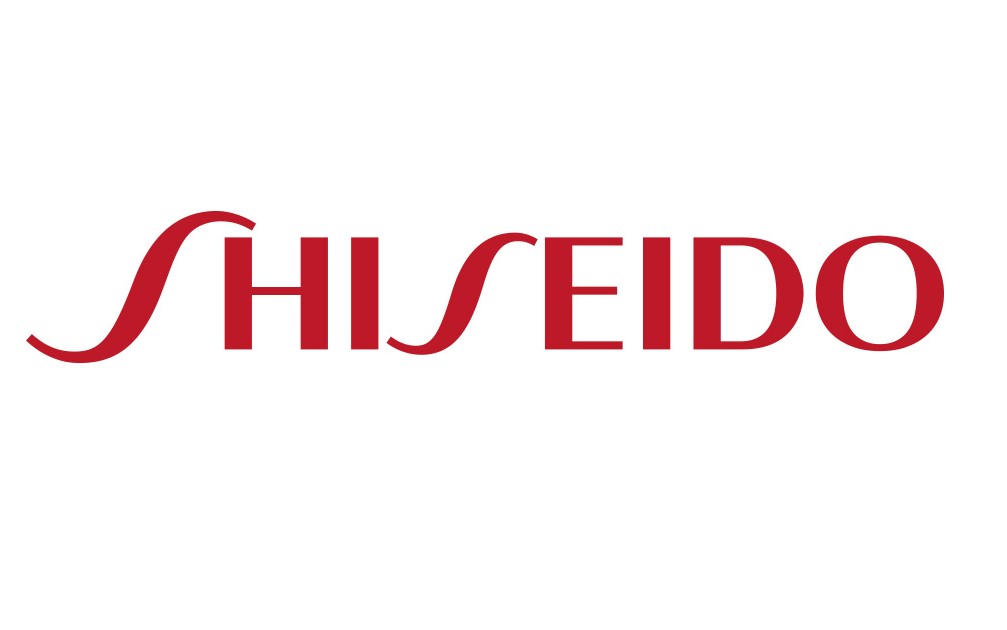
Beauty, Grooming & Skincare Market in Japan

The beauty and skincare market in Japan is old as well as technologically advanced, with Japan being the world’s second largest market for cosmetics and personal care products after the U.S. The country is known for being one of the dormant beasts of the beauty products industry which has now awakened. Domestically, Japan’s cosmetics industry generated revenue of over $36 billion in 2017.
The U.S. is the second largest exporter of cosmetics to Japan. Japan’s cosmetics market has maintained its image of being authentic, sustainable & eternal because of the rich cultural context, exquisite ceremonies and an obsession with beauty. Japanese consumers are incredibly complex and are knowledgeable with respect to chemical formulations used in personal care products, especially hair-related ones.
Skin fixing makeup and natural products are seeing popularity in the market, which is driving key makers to dispatch items with natural/clean labels. The oldest Japanese cosmetics manufacturer, still a major player in the industry, dates back to 1615.
Japanese cosmetics consumers are today known as being highly conscious of quality, value for money, and the types of brands they purchase. Across Japan, consumers have the most elevated per capita use of cosmetics and skincare items, at a value of $151.61 USD.
As an integral part of the cosmetics market in Japan, skincare showed a drastic increase in value from 638.41 billion yen in 2012 to 887.59 billion yen in 2019. Revenue from skincare sales in 2017 was 779 billion yen, whereas facial cleansers and moisturisers saw sales of 66 billion yen and 77 billion yen respectively.
As a whole, the Japan personal care sector comprises medical, pharmaceutical, cosmetic, cleaning and other body care products, and has a projected revenue of $6.7 million in 2020, a rise of 25.9% year-on-year with 43.9 million users (increase of 8.6%). The revenue generated through Japan’s personal care segment is expected to show an annual growth rate (CAGR 2020-2024) of 8.8%.
Consumers purchasing goods within the cosmetics market in Japan are becoming more selective and value conscious. According to them, a product must be nicely designed, packaged and promoted. Their needs and tastes may change with occasional patterns and fashion changes, and they may be eager to try something new and different from time to time as long as those products and value propositions are appealing.
The key products are ageing-care, skin-lightening, and skin moisturising cosmetics and toiletries. The most popular items available on the cosmetics market in Japan are high performance, cost-effective, quick-acting skincare products, as well as crossover products with multi-appeal attributes. Quick-acting spot skincare products for specific parts of the body are also popular.
Furthermore, organic or natural products, luxury products, and unique or branded products are in growing demand. Mens’ skincare and grooming products in Japan are also drawing attention, culminating in a value of 21.6 billion yen in 2016. Leading companies operating in Japan’s cosmetics market include; Shiseido, KOSÉ, and Polar Orbis Holdings.
As for Japanese history, from the Kojiki (古事記), Nihon shoki (日本書紀), and traces of shading on earth clay haniwa figurines (埴輪) made during the Kofun (古墳) period (300-710), there was a custom of painting the face in red colours.
This simplistic use of beauty care products gradually morphed into a more stylish methodology in the latter half of the sixth century, when rouge, powder, and different types of cosmetics were brought to Japan alongside other cultural imports from China and the Korean peninsula. In 692, a Buddhist priest called Kanjo is said to have been the first to make a toxic face powder in Japan, and pleased Empress Jito (持統天皇) by introducing this new innovation to her. This is how Japan’s cosmetics industry was born.
Curious about the personal care market in Japan?
The beauty market in Japan has a value of $6.67 million in 2020 and is rising by 25% each year.
Take a look at our latest projects and research in this industry below.




